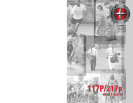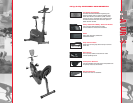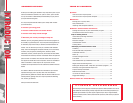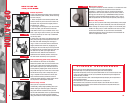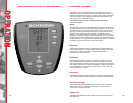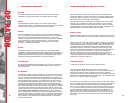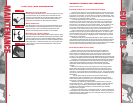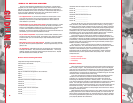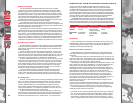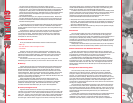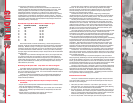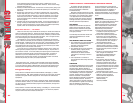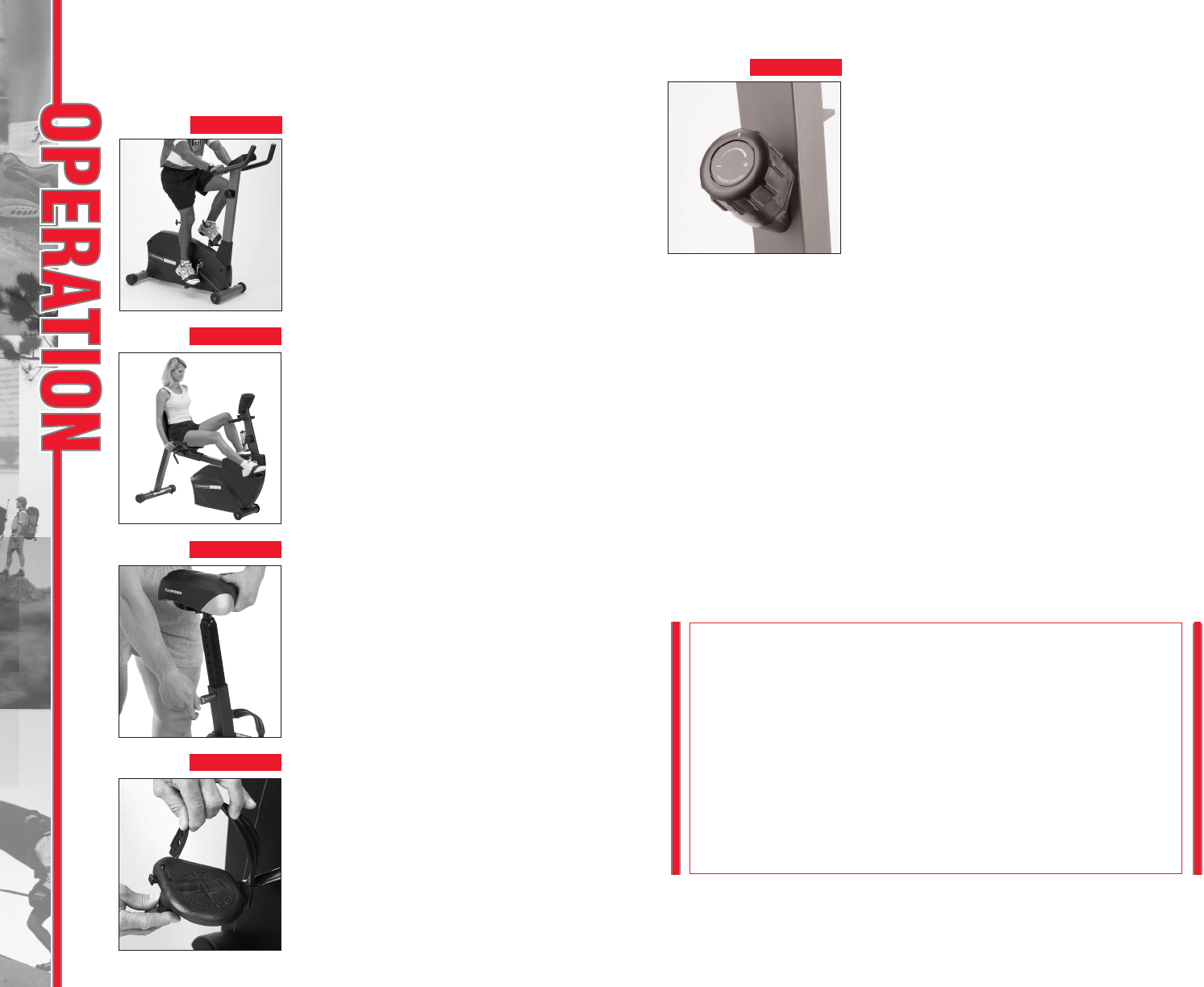
■ Seat adjustment
Proper seat adjustment helps ensure maximum
exercise efficiency and comfort, while reducing
the risk of injury.
1. Place one pedal in the forward position and
center the ball of your foot over the center of
the pedal. Your leg should be slightly bent at
the knee (Figs. 1 and 2).
2. If your leg is too straight or your foot cannot
touch the pedal, you will need to move the
seat down on the 117p or forward on the 217p
bike. If your leg is bent too much, you will need
to move the seat up on the 117p or backward
on the 217p bike.
3. Adjust the 117p seat by first dismounting the
bike, then pulling out the adjustment knob on
the seat tube and releasing the locking pin
(Fig. 3). Lower or raise the seat to the desired
height. Release the seat knob, engaging the
locking pin. Be sure that the pin is fully secured
in a seat post hole. To adjust the 217p seat, pull
the seat lever up with your right hand to
release the seat. Slide the seat forward or
backward to the desired position. Then push
the lever down and firmly lock in position.
■ Foot positioning/pedal strap adjustment
Place the ball of each foot on the pedals.
Rotate the pedals until one foot is within arms
reach. Then, reach down carefully and fasten
the rubber strap over your shoe and secure it
to the pedal by slipping the nub at the end of
the pedal through one of the slots in the strap.
Pull down the strap until it snaps into place
(Fig. 4). Repeat for the other foot. Point your
toes and knees directly forward to ensure
maximum pedal efficiency. Pedal straps can be
left in place for subsequent workouts.
■ Lower body workout
Once you are in position and sitting
comfortably, slowly begin pedaling with your
hands resting on the hand grips. Pedal at an
easy pace and low resistance until you feel
secure and comfortable. Then try experimenting
with the range of resistance levels available
using the controls on the computer console mast.
HOW TO USE THE
117P/217P BIKES
■ Resistance Control
Turning the resistance control clockwise (
+
) increases the level
of resistance. Turning the resistance control counter-
clockwise (
–
) reduces the level of resistance. Resistance
adjustments can be easily made any time before, after or
during your workout. (Fig. 5). IMPORTANT: Always turn the
resistance control clockwise when the bike is not in use, so
that the pedals will not turn freely and possibly cause injury.
■ Lower body workout
Once you are in position and sitting comfortably, slowly begin
pedaling, with your arms relaxed at your sides and with your
hands resting on the top of your thighs or on the hand grips.
Pedal at an easy pace, at a low resistance level until you feel
secure and comfortable. As you feel more comfortable,
experiment with the range of resistance levels available via
the micro-adjustment control.
FIG.5
FITNESS SAFEGUARDS
Failure to follow any of these safeguards may result in injury or serious health problems.
• Do not place fingers or any other objects into moving parts of the exercise equipment.
• Keep children and pets away from the 117p/217p bike while machine is in use. A child’s curiosity may result
in injury. Do not allow children to use the 117p/217p bike bike. The pedal travel ranges are designed and
intended for adults, not children.
• Never turn pedal crank arms by hand. To avoid entanglement and possible injury, do not expose hands or
arms to the drive mechanism.
• Do not dismount the 117p/217p bike bike until the pedals are at a complete STOP.
• Warn bystanders to keep a safe distance. Do not allow anyone to touch the bike while it is in motion.
• After exercising, turn the resistance control clockwise to increase tension so the pedals will not rotate
freely and possibly hurt someone.
FIG.1
FIG.2
FIG.3
1 2
FIG.4



